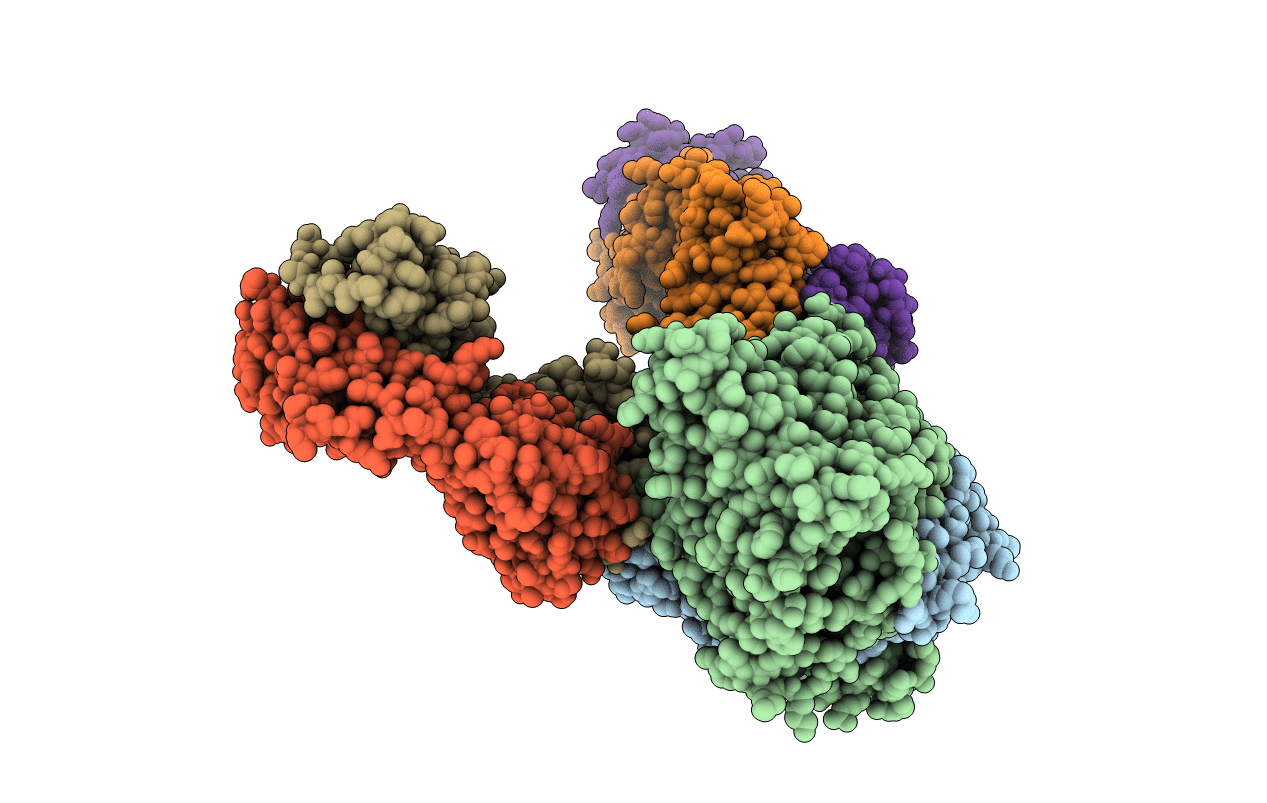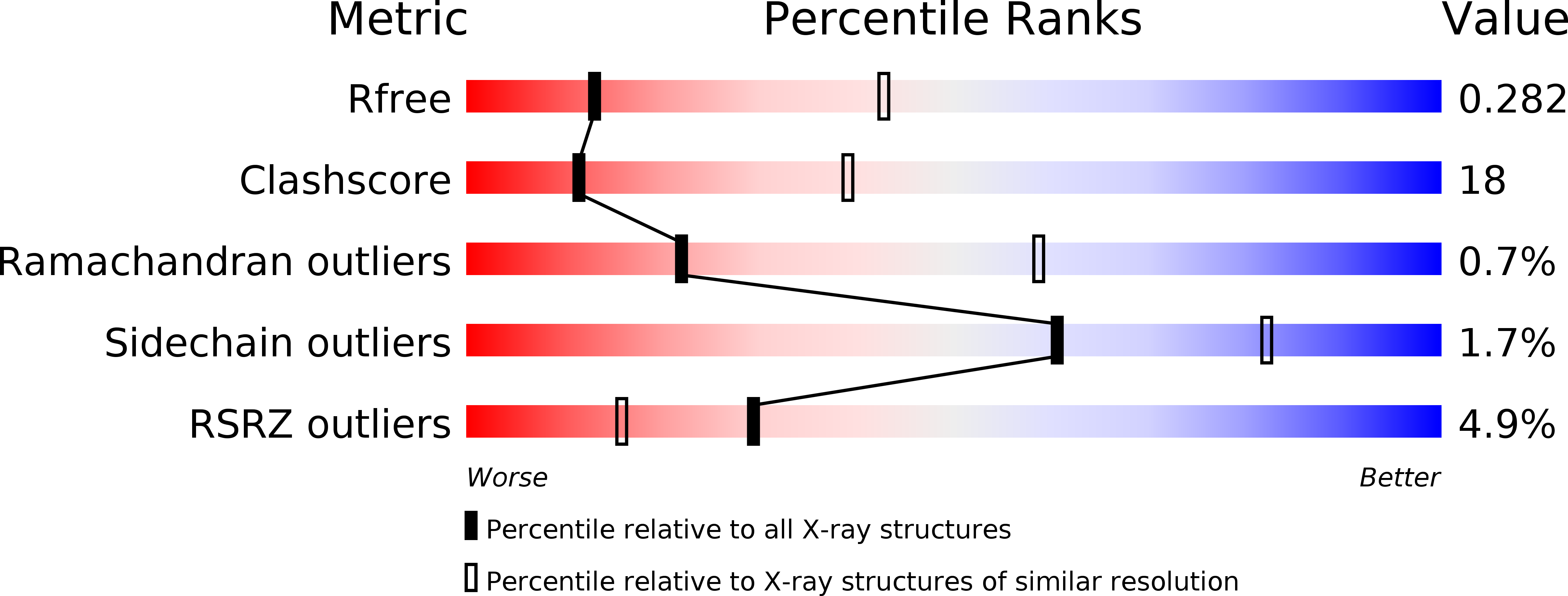
Deposition Date
2019-05-28
Release Date
2019-08-28
Last Version Date
2024-10-30
Entry Detail
PDB ID:
6K5A
Keywords:
Title:
Crystal structure of the E148D/R147A/F317A mutant in presence of 200 mM NaBr
Biological Source:
Source Organism:
Escherichia coli MS 117-3 (Taxon ID: 749539)
Mus musculus (Taxon ID: 10090)
Mus musculus (Taxon ID: 10090)
Host Organism:
Method Details:
Experimental Method:
Resolution:
3.16 Å
R-Value Free:
0.27
R-Value Work:
0.22
R-Value Observed:
0.22
Space Group:
C 1 2 1


